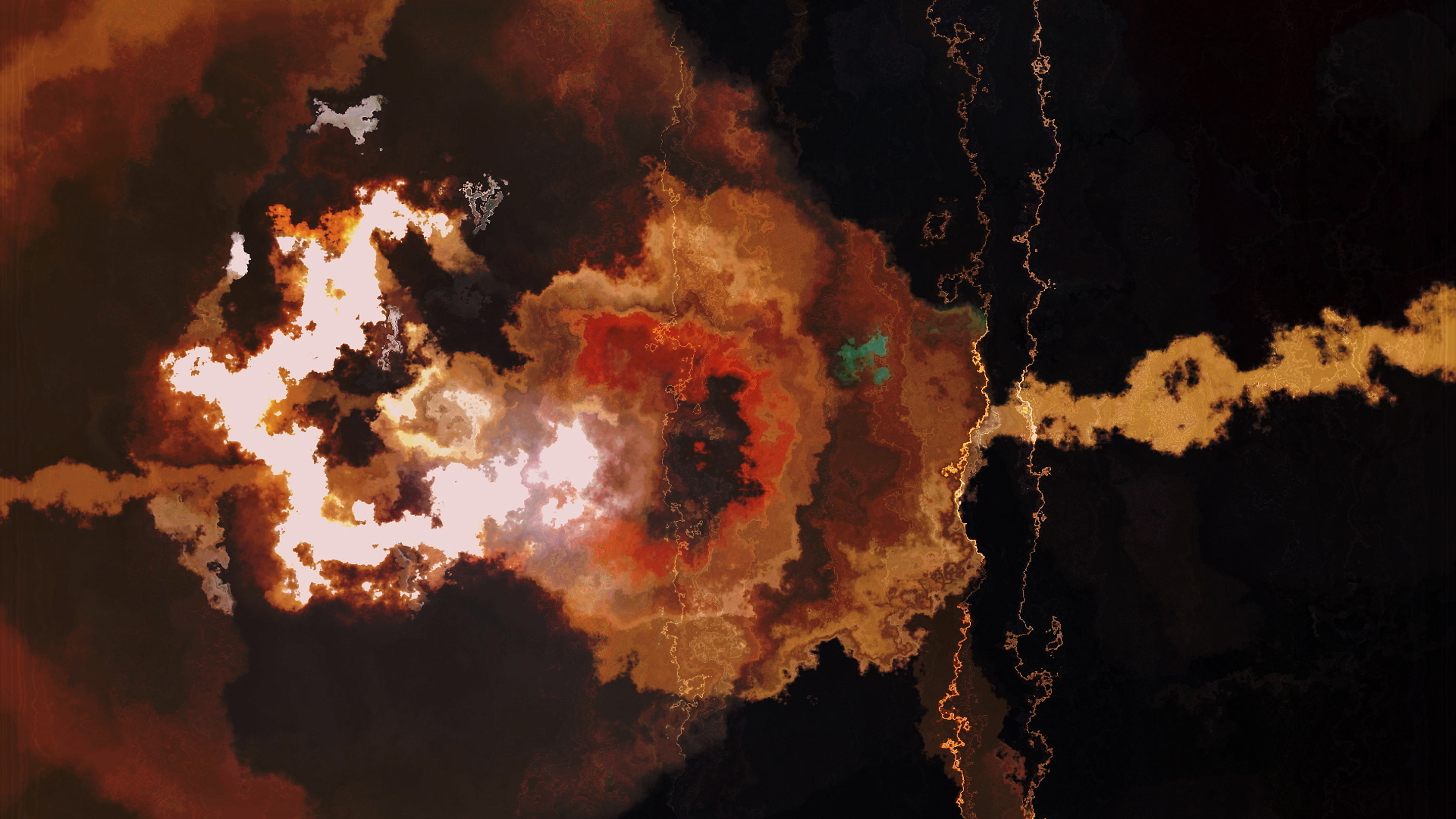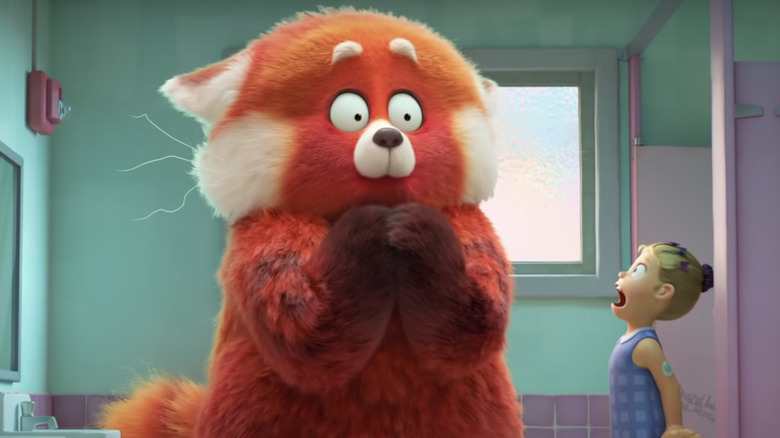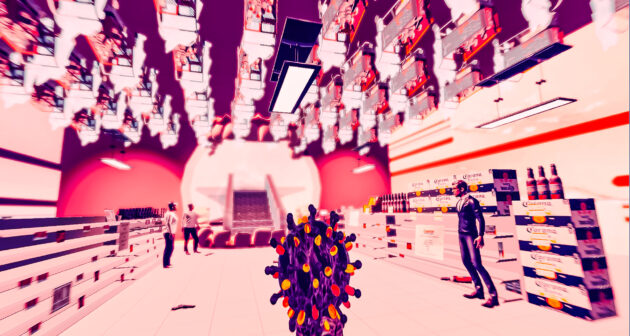
‘pliii’ by Tina Frank is a project dedicated to her late friend, musician and collaborating artist Peter Rehberg. It is a continuation of the project they published together in 1996 titled ‘iii’. To create the images for this work, Frank recorded the on and off flicker of an LED lamp, then processed the recordings using various methods. After isolating the central visuals, she altered speed, frame, and color to create the movement that we see on screen.
I suppose what I admire most about the project is that she has taken something so mundane and turned it into a complex and dynamic work of art. I also appreciate Frank’s continued emphasis on the interaction between sound (which, in this project, includes high frequency waves from the same LED lamp) and visuals. It is clear that Frank is in tune with that which cannot be immediately seen or heard, and this makes her art-style distinct. Rather than being led by common aesthetics, she has built an artistic voice out of experiences that the majority of us cannot easily access.
[flash warning]
pliii (Trailer) from Tina Frank on Vimeo.
(above image sourced from sixpackfilm.com)
![[OLD SEMESTER] 15-104 • Introduction to Computing for Creative Practice](../../../../wp-content/uploads/2023/09/stop-banner.png)




